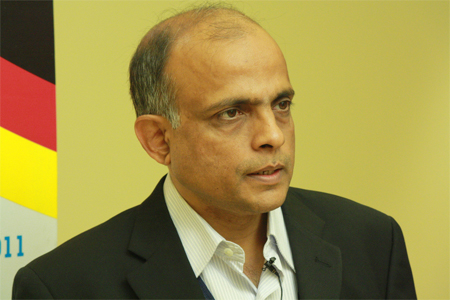The Forward View
Bangalore, June 13th, 2011 |
|
The Forward View Getaway 2011 was held last Friday, June 10, 2011 in Bangalore. There were several eminent speakers - from both IBM and clients. Several interesting topics like Cloud Computing, Storage, Security and many more were discussed - especially from an angle of interest for medium sized businesses. One of the highlights of the event was the session by Mr. Guru Murthy from Processware Systems. He spoke about 'Software as a Service' (SaaS) and how IBM helped them deliver this solution to their clients. Here are the key takeaways from his session. There are many challenges presented by the traditional approach to managing and using software. Challenges include significant investments on managing IT resources and increased cost of IT infrastructure maintenance. These problems are amplified in non-IT organizations due to attrition. Additionaly, there is a scarcity of appropriate talent in the market place. There is also a pressing need for businesses to adapt and change their own process due to vagaries in market conditions. When enterprises would like to focus on their core areas of business and not invest heavily for Infrastructure, SaaS is a good option for the organizations to adopt. SaaS also enables companies to have a lean IT footprint and yet satisfy the varying loads on applications for carrying out transactions. In a case study of Cooperative Banks in Karnataka, the need was to provide a core banking solution on a SaaS model. Considering the nature of operations of banks, they can derive considerable benefits of core banking without investing on capital expenses and IT infrastructure. With the data center services being provided by IBM, Tivoli was used for data synchronization between primary and secondary backups. This was particularly beneficial as banks no longer needed to manage their own data and allowed them to analyse the data more effectively for greater insight. There were some challenges faced during deployment. Factors like connectivity and operations were presented and addressed effectively. Upon implementation, SaaS provided a great deal of flexibility in operations and the ability to focus on core areas and outsourcing IT infrastructure management while being able to quickly provide updates to the customer. |

